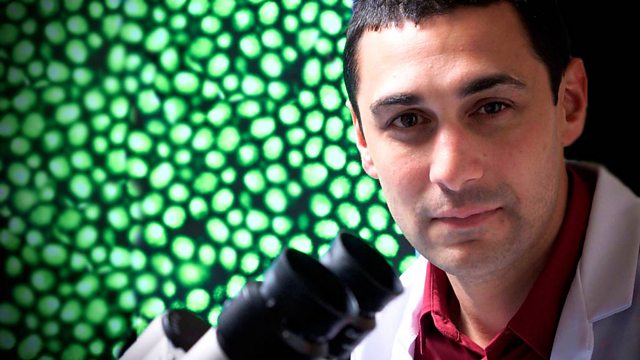Episode 1
Why did living things invent sex 1.5 billion years ago? Why do so many persist with inefficient and risky mode of reproduction? Adam Rutherford explores the deep history of sex.
Sex is one of Nature's great mysteries. It is complicated, sometimes risky and inefficient compared to the way microbes reproduce. Microscopic bugs just split in two and even some female lizards have decided that sex with males is not worth the bother. The abstemious lizards just clone themselves.
But so many organisms - from humans to seaweeds - do reproduce sexually. There must be excellent reasons why some mystery bug on Earth about 1.5 billion years ago invented sex and why millions of kinds of animals, plants and fungi persist with it, and with great success.
Adam Rutherford's quest for answers takes him from the banks of London's River Lea in search of alien asexual water snails to a private room at the Royal Belgian Institute of Natural Sciences in Brussels to view a couple of extinct turtles who were killed in the act 50 million years ago and fossilised in a dying embrace.
Sex goes back along way and in many respects it is perplexing. But if sex hadn't evolved, life on Earth would have turned out extremely dull. The planet would be populated by nothing more microscopic microbes and covered in bacterial slime - not the magnificent riot of weird and wonderful biological diversity we see and are members of.
Last on
More episodes
Previous
You are at the first episode
Next
See all episodes from Sexual Nature: A Brief Natural History of Sex
Sexual Nature

Two carettocheylid turtles, fossilised in mating position, 47 million years ago.听 The specimen was collected from the Messel Pit in Germany and is housed at the Royal Belgium Institute of Natural Science s in Brussels.
听
Photo by Annelise Folie of the Royal Belgian Institute of Natural Sciences.
Broadcast
- Wed 16 Jan 2013 21:00麻豆社 Radio 4

